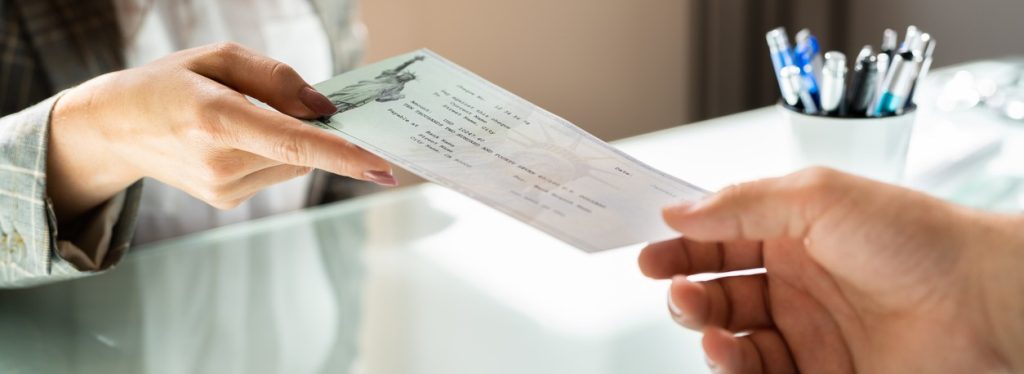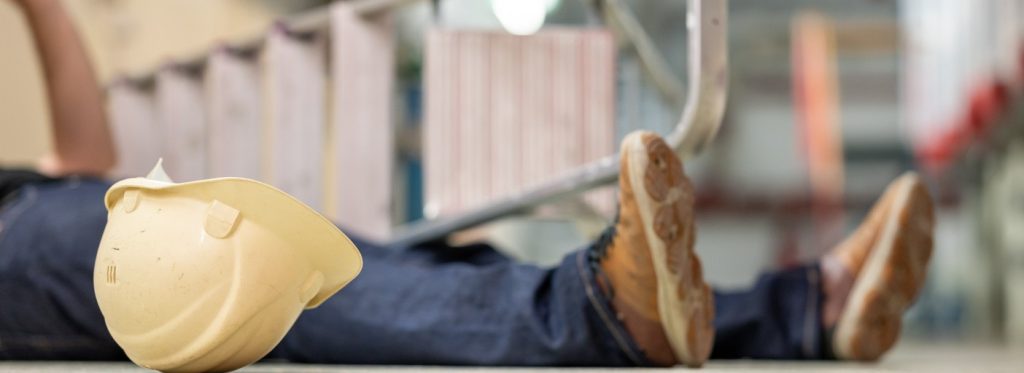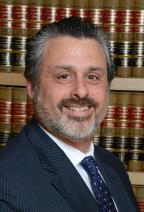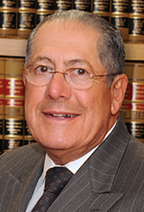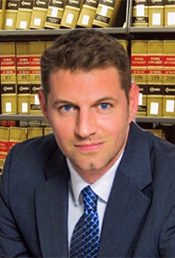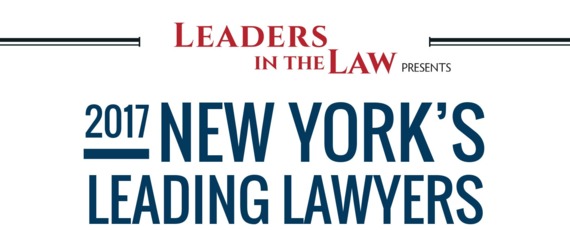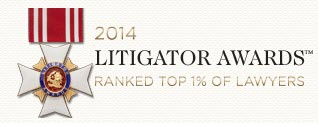If you or a loved one has been injured in a construction accident in New York, concerns about legal fees should not deter you from pursuing justice. Most reputable construction accident law firms operate on a contingency fee basis—meaning there are no upfront costs. Your attorney is paid only if your case is successful, aligning their interests with yours and allowing you to pursue your claim. However, it’s important to note that certain case-related expenses—such as court filing fees, expert reports, or medical record retrieval—may still apply.
At Friedman, Levy, Goldfarb, Green & Bagley, P.C., transparency and clear communication with our clients are foundational. We prioritize being responsive, approachable, and available to ensure you stay informed and supported throughout your case.
Here is what you need to know about contingency fees and how they function in construction accident claims in New York.
Your Recovery Starts with a Call
Hurt in a construction accident? Our NYC attorneys are ready 24/7 to help you win. No fee unless we recover for you.
Call NowHow Contingency Fee Agreements Work
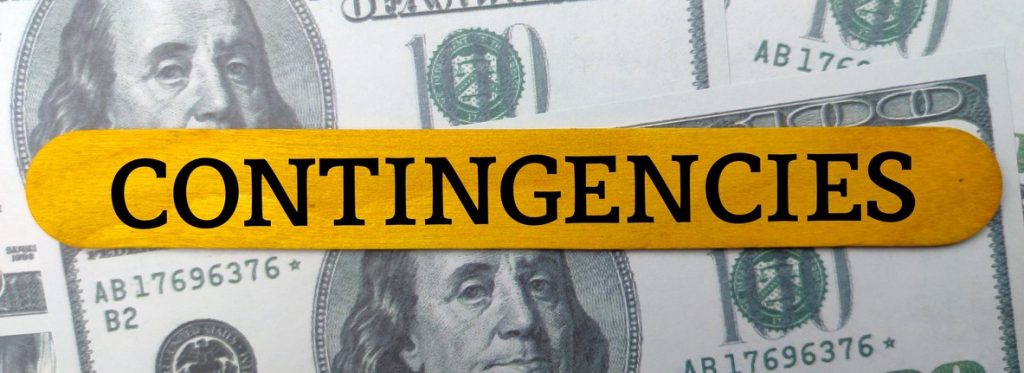
A contingency fee agreement means you pay your attorney only if your case results in a financial recovery. Rather than charging hourly rates or requiring an upfront retainer, they receive a pre-agreed percentage of any settlement or court award. You typically owe no attorney’s fees if your case is not successful. However, as noted, you may still be responsible for reimbursing certain case-related expenses—depending on the terms of your agreement.
While rates vary, contingency fees in construction accident cases typically range from 25 percent to 40 percent of the recovered amount. The exact percentage may vary based on the complexity of the case, whether litigation is required, and whether the matter is resolved through settlement or trial.
How Contingency Fees Differs from Other Payment Models
Not all attorneys work on a contingency fee basis. For example, in business and family law, it is more common for attorneys to charge hourly rates or require an upfront retainer. Under this structure, clients are typically responsible for covering legal costs regardless of the case’s outcome.
This billing model can involve certain financial considerations:
- Legal costs may accrue over time, irrespective of whether the case is resolved successfully
- Routine communications, including emails and phone calls, are generally billable
- Clients may need to budget carefully to ensure they can fund the case through to resolution
In contrast, construction accident attorneys typically work on a contingency fee basis. This arrangement shifts the financial risk to the law firm and ties their payment directly to the success of your case.
Why Do Most Construction Accident Lawyers Work on Contingency?
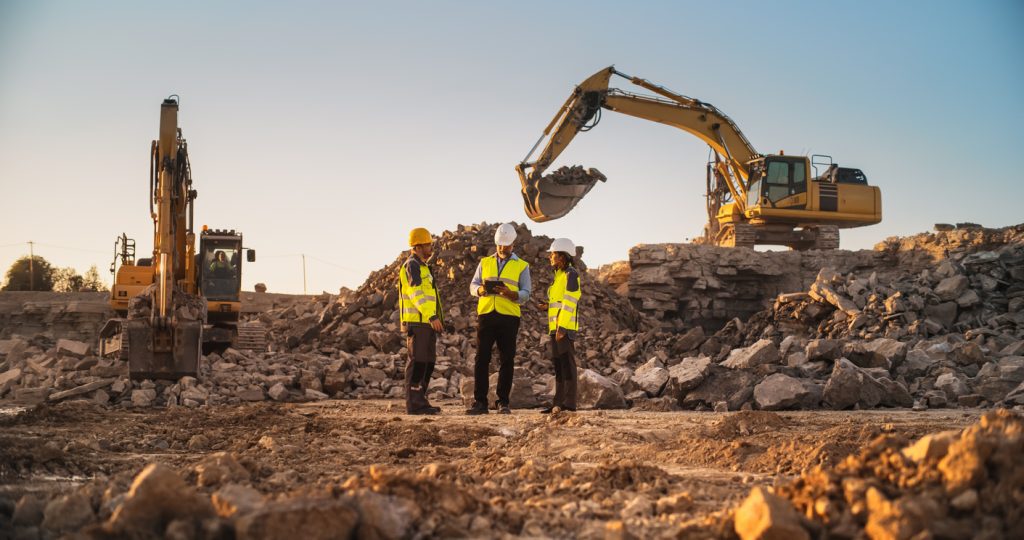
Construction accident claims are among the most complex personal injury cases. They often involve multiple parties, challenging liability questions, union regulations, OSHA violations, and significant financial damages. Building a strong case may require accident reconstruction experts, safety engineers, medical specialists, and extensive investigative work over weeks or months.
For these reasons, most experienced construction accident attorneys work on a contingency feebasis. Injured workers frequently face lost income, mounting medical expenses, and extended recoveries, making upfront legal fees impractical. Contingency agreements allow access to quality legal representation regardless of financial circumstances.
This model encourages thorough case development and the pursuit of the most favorable resolution possible through settlement or trial.
What Costs Are Covered in a Contingency Agreement?
A contingency agreement covers the attorney’s payment but typically does not include essential litigation expenses—commonly referred to as “case costs.” These costs are separate and necessary for building a strong and well-supported claim.
These may include:
- Court Filing Fees. These are mandatory charges to initiate a lawsuit and file necessary motions throughout the case.
- Expert Witness Fees. Complex construction injury cases often hinge on technical analysis. We hire trusted experts such as engineers, safety professionals, and medical specialists who can clearly explain what went wrong and who may be liable.
- Depositions and Transcripts. Sworn testimony from witnesses, company representatives, and experts is critical. Court reporters and certified transcripts create a precise, permanent record of testimony that can be referenced throughout the legal process.
- Medical Record Retrieval. We obtain detailed records to establish the nature, severity, and cause of your injuries—often through secure, third-party services.
- Investigative Work. Site investigations, OSHA violation reviews, accident reconstructions, and photographic documentation are key to establishing liability.
- Administrative and Travel Costs. These include printing, document management, travel to inspections or depositions, and other routine expenses necessary to move your case forward.
At Friedman, Levy, Goldfarb, Green & Bagley, P.C., we advance the costs necessary to build your case—so financial concerns never stand in the way of pursuing the compensation you deserve. If we recover compensation on your behalf, they are deducted from your settlement or award.
If there is no recovery, whether you owe any case-related expenses will depend on the terms of your contingency agreement, which we will review with you in detail before starting work. Our goal is to ensure complete transparency and peace of mind from day one.
What Should You Look for in a Contingency Fee Agreement?
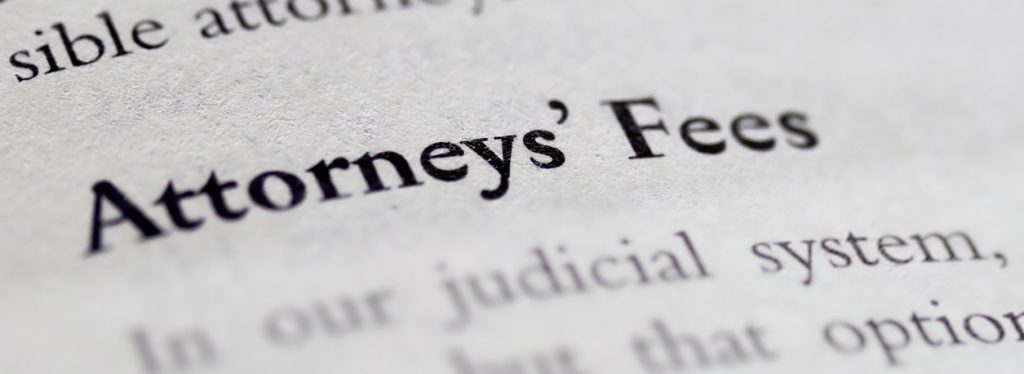
Not all contingency agreements are the same, so reviewing the terms carefully before signing is essential. A clear, fair contract should specify:
- The exact percentage of any recovery that will be paid to the attorney or law firm.
- How litigation expenses (case costs) will be covered, including whether you are responsible for those costs if the case does not result in compensation.
- The terms of termination, including what costs, if any, may be owed if you decide to end the agreement.
- Any additional fees that may apply, such as administrative or appellate fees.
A well-drafted contingency agreement protects your rights and sets clear expectations. You should never hesitate to ask your construction accident lawyer in NY to explain any provisions you do not fully understand. As noted, transparency is a hallmark of ethical and reputable legal representation.
How Contingency Agreements Apply to Construction Accident Cases
Understanding how legal fees are structured after a construction accident depends on the type of claim you pursue—whether a workers’ compensation claim or a third-party personal injury lawsuit. While contingency-based representation is available in both, the fee structures differ:
Workers’ Compensation vs. Third-Party Lawsuits
In New York, workers’ compensation benefits are handled through a separate system and do not involve contingency fee arrangements in the traditional sense. Instead, attorney fees are subject to approval by the Workers’ Compensation Board and are usually deducted from the awarded benefits.
In contrast, third-party personal injury claims—such as those brought against a negligent contractor, property owner, or equipment manufacturer—operate on a more traditional contingency fee basis. In these cases, your attorney only receives a fee if they secure a settlement or judgment on your behalf. These lawsuits allow for broader compensation, including pain and suffering, full lost earnings, and other damages not covered by workers’ comp.
Why Choose Friedman, Levy, Goldfarb, Green & Bagley, P.C.?
Legal representation is critical in construction accident claims, particularly when multiple parties and insurance carriers dispute liability or attempt to minimize your compensation. At Friedman, Levy, Goldfarb, Green & Bagley, P.C., our attorneys bring decades of experience advocating for injured New York construction workers.
We have successfully secured multi-million-dollar verdicts and settlements on behalf of clients seeking fair and full compensation under the law because we offer:
- No upfront legal fees: We handle your case on a contingency fee basis, advancing all necessary costs—including investigative services, expert witnesses, and court filing fees. You owe no attorney’s fees unless we recover compensation on your behalf.
- Strategic legal advocacy informed by construction law experience: Our attorneys are skilled in identifying liability, countering insurance defenses, and presenting compelling evidence grounded in technical and regulatory knowledge.
- Comprehensive understanding of New York construction injury law: We have extensive experience handling complex claims under Labor Law §§ 200, 240, and 241, as well as workers’ compensation coordination and third-party litigation. Our approach ensures every potential source of recovery is explored.
- Proven negotiation and trial capabilities: Whether negotiating a settlement or litigating in court, we advocate on your behalf to pursue the full value of your claim and maximize your recovery.
Take the First Step — Contact Us for a Free Consultation
Friedman, Levy, Goldfarb, Green & Bagley, P.C. is a trusted legal ally for injured construction workers in Manhattan, the Bronx, Brooklyn, Queens, Staten Island, and throughout the NYC metropolitan area. Schedule a free, no-obligation consultation with a skilled NYC construction accident lawyer. We can review your case, answer your questions, and help you understand your legal rights after a construction site accident.
Legally Reviewed by
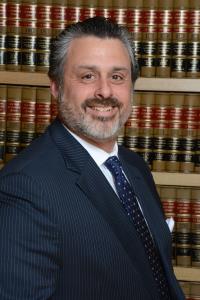
Charles E. Green – Managing Partner
Charles E. Green is the managing partner at Friedman, Levy, Goldfarb, Green & Bagley, P.C. He has decades of experience handling serious injury cases across New York. His reported decisions and major verdicts reflect strong courtroom skill and legal impact. Mr. Green oversees every case with careful preparation and close client attention. He negotiates effectively against insurers and defense counsel. His work has recovered millions for injured New Yorkers. Clients trust his proven results and dedication always.
Our Office
380 Lexington Ave, 29th Fl, New York, NY 10168
P: 212-307-5800
E: info@friedmanlevy.com

